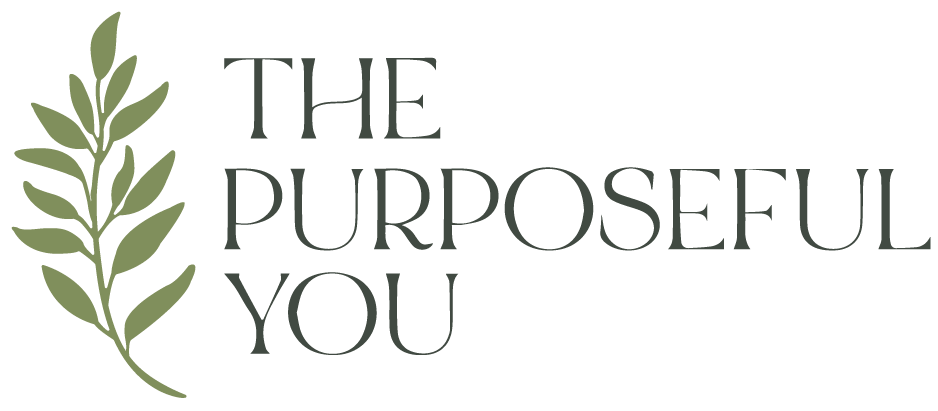How to Grow Beets: A Beginner’s Guide
If you're looking for a simple and rewarding vegetable to grow in your garden, look no further than beets! These earthy and nutrient-packed root veggies are a great addition to any backyard garden. Whether you're a beginner or a gardener with a few seasons under your belt, beets are a satisfying crop to grow from seed to harvest.
In this blog, we’ll cover when to start your beet seeds, when to plant them in the garden, and why growing beets is good for both your soil and your body!
Why Grow Beets?
Beets are a double win in the garden: delicious roots and nutritious greens. The roots (the beet) are sweet, earthy, and perfect for roasting, pickling, or juicing. The leafy tops are edible too—similar to Swiss chard—and can be sautéed or tossed into salads. One of my favourite ways to enjoy beet leaves is by dehydrating them and making them into a powder to add to smoothies!
Beets are also packed with tons of nutrients, including:
Being high in fibre
Rich in folate, potassium, and iron
Known to support heart health and lower blood pressure
A natural source of antioxidants and anti-inflammatory compounds
But the benefits don’t stop there! Beets are also beneficial to grow in your garden. Their strong taproots help break up compacted soil, improving structure for future crops. They're also relatively pest-resistant and can be used in crop rotation to help keep your garden balanced.
When to Start Beet Seeds
Beets are a cool-season crop, which means they grow best in cooler temperatures (spring and fall).
Direct sow your beet seeds outdoors. Beets don’t transplant well, so it’s best to plant them directly into your garden. I usually stay away from purchasing these at the nursery as starts.
Start seeds 2–4 weeks before your last spring frost. If the soil can be worked and temperatures are above 5°C (40°F), you can start planting. Depending on your grow zone, that means sowing seeds in early to mid-spring.
You can also grow a fall crop by sowing seeds about 8–10 weeks before your first fall frost. Beets can tolerate a light frost, and cooler weather actually enhances their flavour! I usually plant beets again mid august for an October to November harvest.
How to Plant Beets
Pick a Sunny Spot: Beets do best with at least 6 hours of sun each day. I have foun that I plant my second round in May in a part shade location (4-6 hours of sun) and they do well too!
Prepare the Soil: Beets like loose, well-draining soil free of rocks and clumps. Add compost for nutrients.
Sowing the Seeds: Sow your seeds about ½ inch deep and about 1–2 inches apart in rows 12–18 inches apart. You can also densely plant like I do and eat the beet leaves when I thin for salads.
Thinning your Seedlings: Once the beets are a few inches tall, thin your seedlings. Thin to 3–4 inches apart so the beets have room to grow.
Water Consistently: Consistently water your beets to keep the soil moist but not soggy. Dry conditions can cause tough roots or cause the plant to bolt.
Protect from Birds: Right after you plant your seeds, cover with a protective bird netting (I like to use small metal fencing). Birds will eat the seeds and seedlings. I usually uncover when I thin (they are 3-4 inches tall).
When to Harvest Beets
Beets are relatively quick to grow in the garden, and are usually ready to harvest 50–70 days after planting, depending on the variety. For baby beets, harvest when the beets are about 1–2 inches in diameter. For full-sized beets, wait until they are about the size of a golf ball or larger! And don’t forget the greens—you can begin harvesting the outer leaves once they’re 4–6 inches long, being careful not to take too many so the beet can continue to grow.
Final Quick Tips
Succession Plant: To enjoy beets over a longer season, sow new seeds every 2–3 weeks during the cooler months.
Try Different Varieties: From classic red to golden and striped Chioggia beets, there’s a fun range of flavours and colours to try. Personally, my favourites are Early Wonder Tall Top and Chioggia for the candy cane look when sliced.
Preserve Your Harvest: Beets store well in a root cellar or fridge and can also be pickled or frozen for later use!
Whether you’re growing beets for their flavour, their health benefits, or to improve your garden soil, these colourful roots are a fantastic choice. Once you taste a beet fresh from your garden, you’ll wonder why you didn’t grow them sooner! Happy gardening!
* Note: Some links featured in the above post are commissionable/affiliate links.







